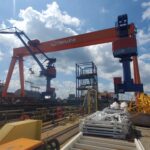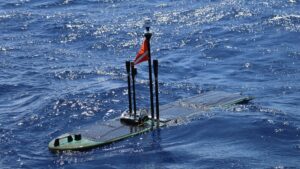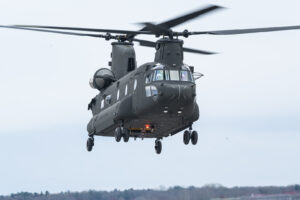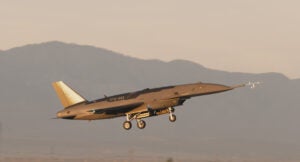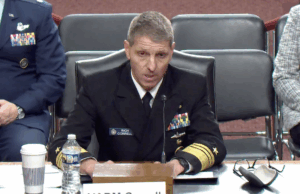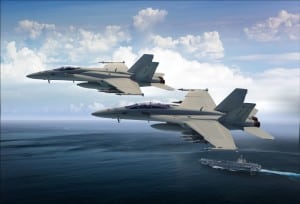
Boeing [BA] announced five partners in its F/A-18 E/F Block III Super Hornet bid for Canada’s fighter replacement project on Tuesday. Boeing is one of three current competitors looking to replace the Royal Canadian Air Force’s 76 aging CF-18 models. Other competitors include Sweden’s Saab with the Gripen E and Lockheed Martin [LMT] with the F-35. The members of Boeing’s team include CAE to work on training, L3Harris Technologies [LHX] for sustainment services, Peraton for avionics repair and overhaul, Raytheon…

 By
By 

